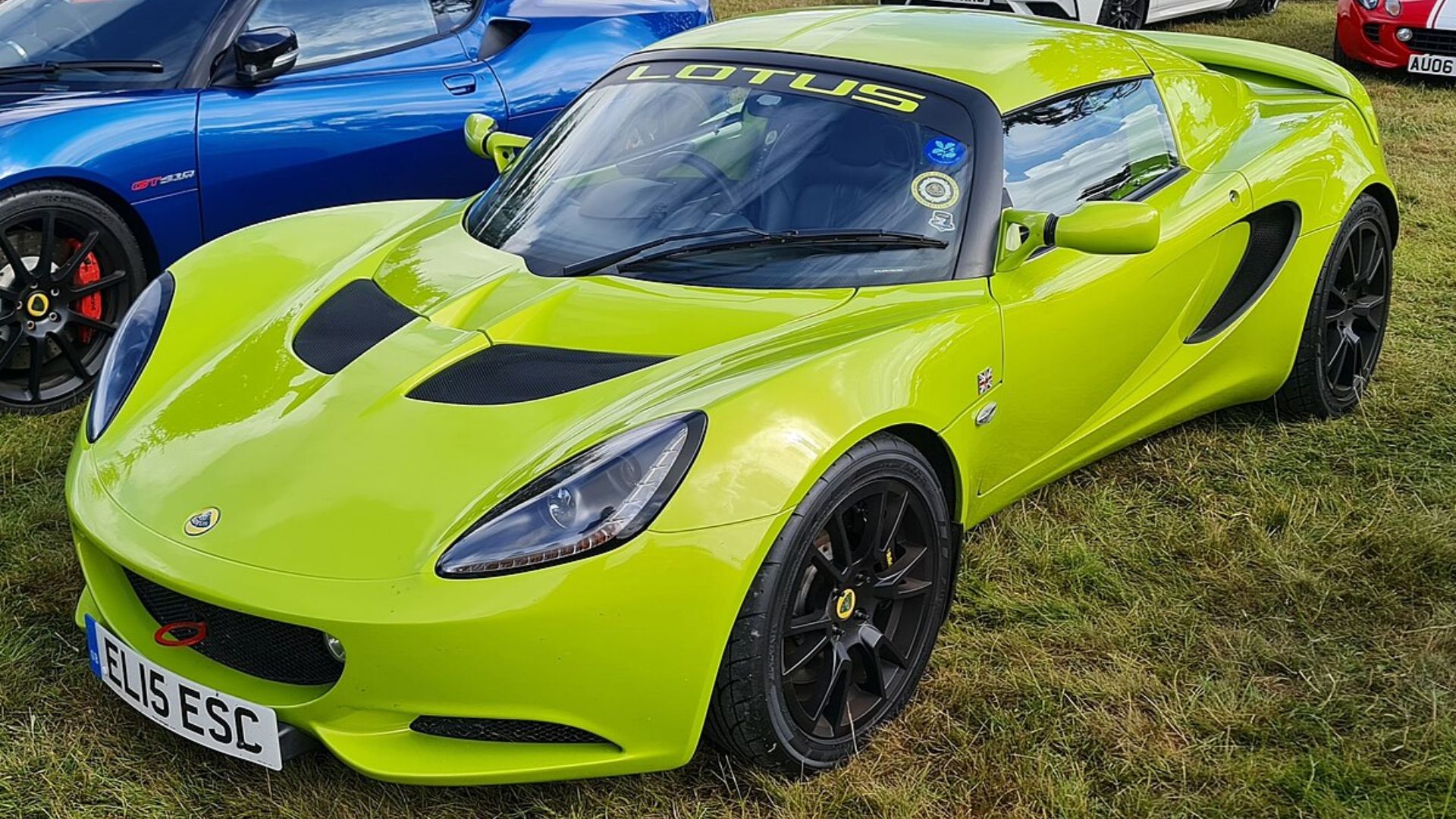
Handling is everything in a car. It’s the difference between feeling connected to the road and wrestling the wheel every turn. Some vehicles make every corner a smooth, satisfying moment, like they were built to read your mind. Others? Let’s just say they make you second-guess that Sunday drive.
Over the years, specific models have earned a reputation—some for their rock-solid grip, others for flimsy handling. We’re taking a look at both ends of that spectrum, and first up is the ones that demand extra patience.
Ford Mustang II (1974)

The Mustang II’s looks and sales success hid a chassis that leaned too far—literally—in corners. That narrow stance and soft springs gave it more sway than control, while the Pinto underpinnings never delivered sports car confidence. Yet the sheer sales numbers (nearly 400,000 units) proved that sometimes buyers valued style and name over agility.
Chevrolet Cobalt (Base Models)
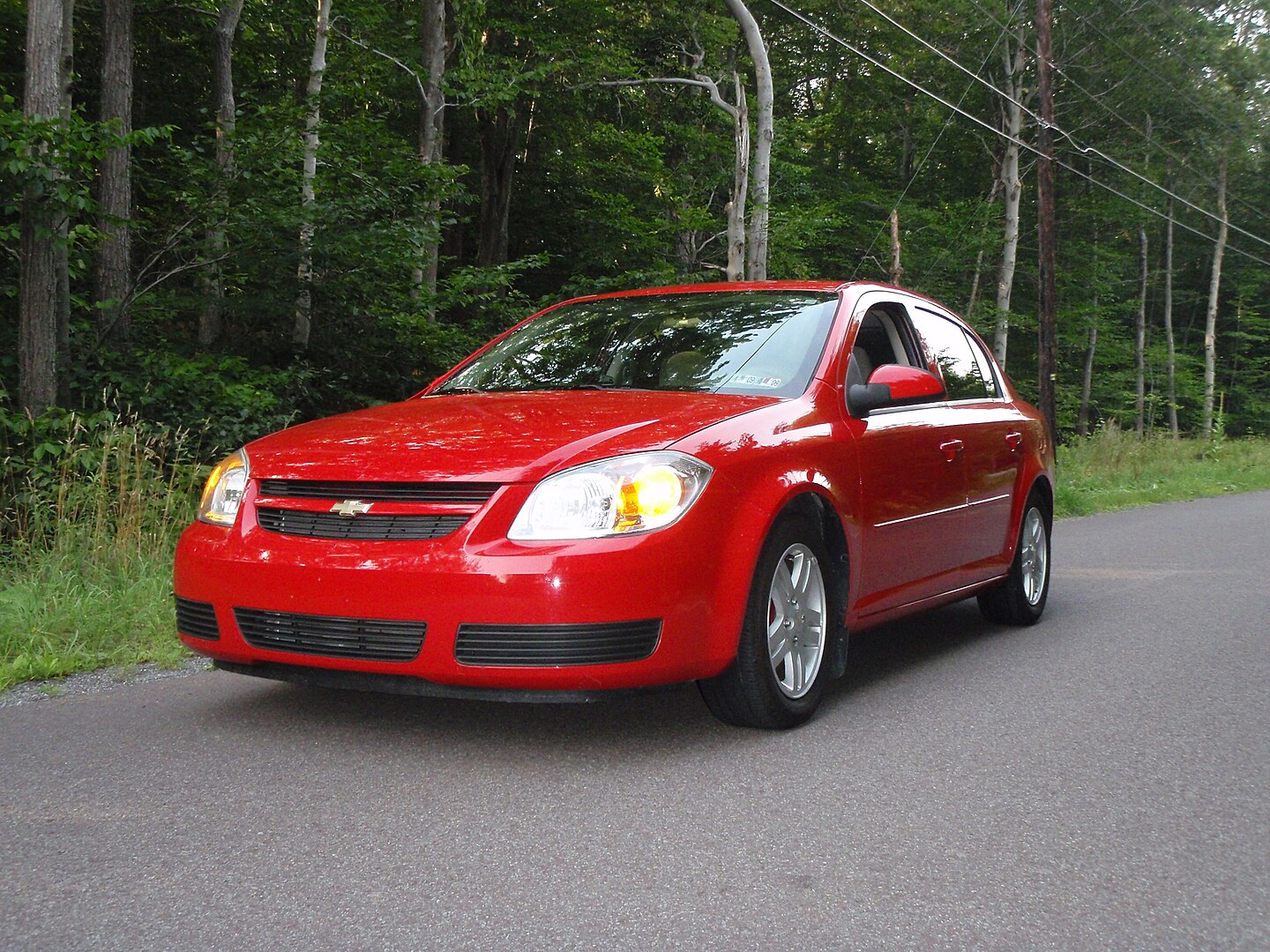
Base-model Cobalts often left drivers feeling disconnected from the road. First, their light, numb steering, combined with modest suspension tuning, made cornering feel vague. Secondly, its budget tires led to understeer arriving early. When you stepped into the SS trim, though, it felt like a whole new car.
Jeep Wrangler (Pre-2018 Models)
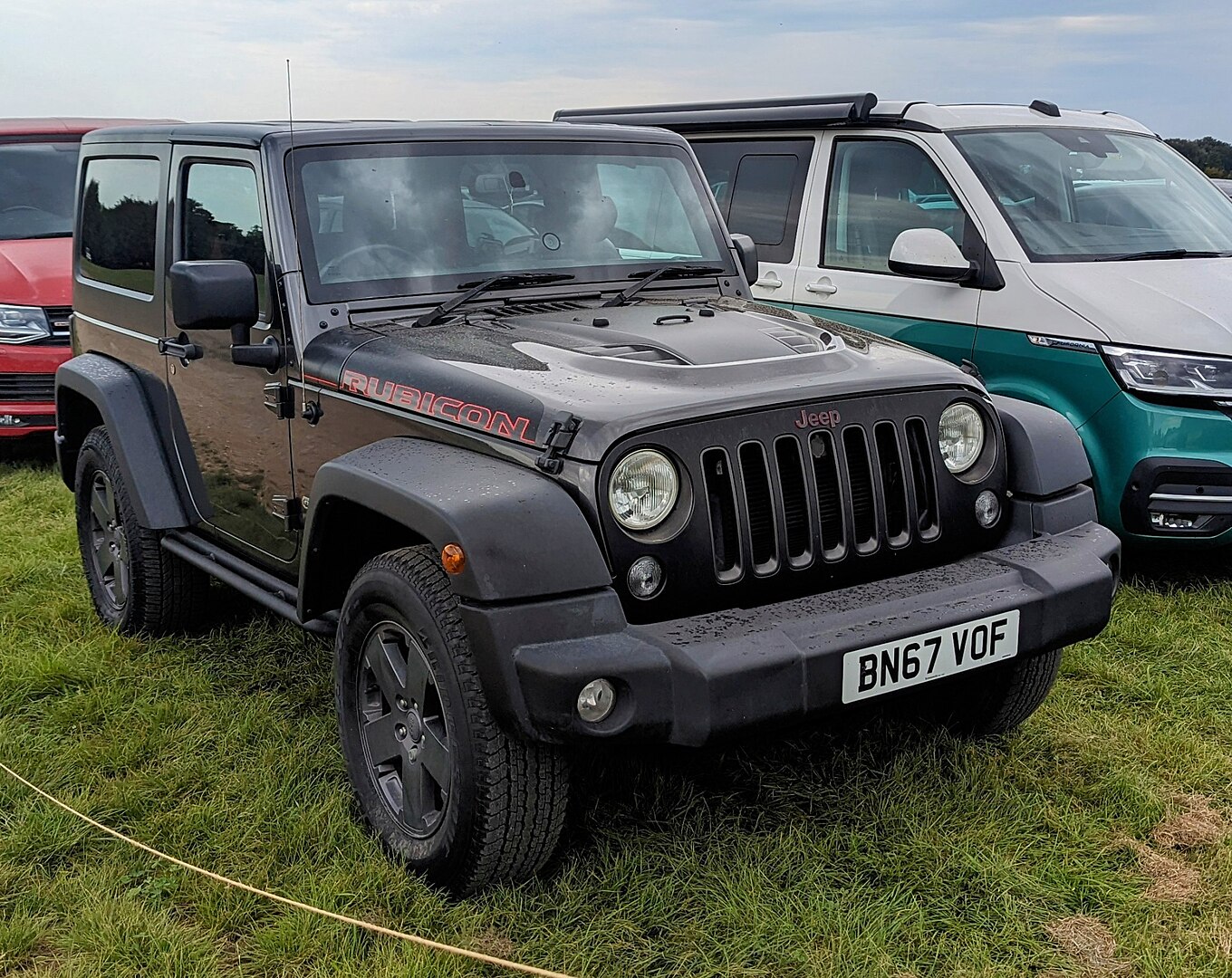
All the Wranglers made before 2018 were trail champions but uneasy companions on twisty asphalt. High stance and solid axles kept them wobbly in curves, and the steering offered little precision. Nonetheless, the characteristic rugged look and off-road dominance have kept loyalty strong, as people continue to buy them.
Toyota Prius (2000s Models)
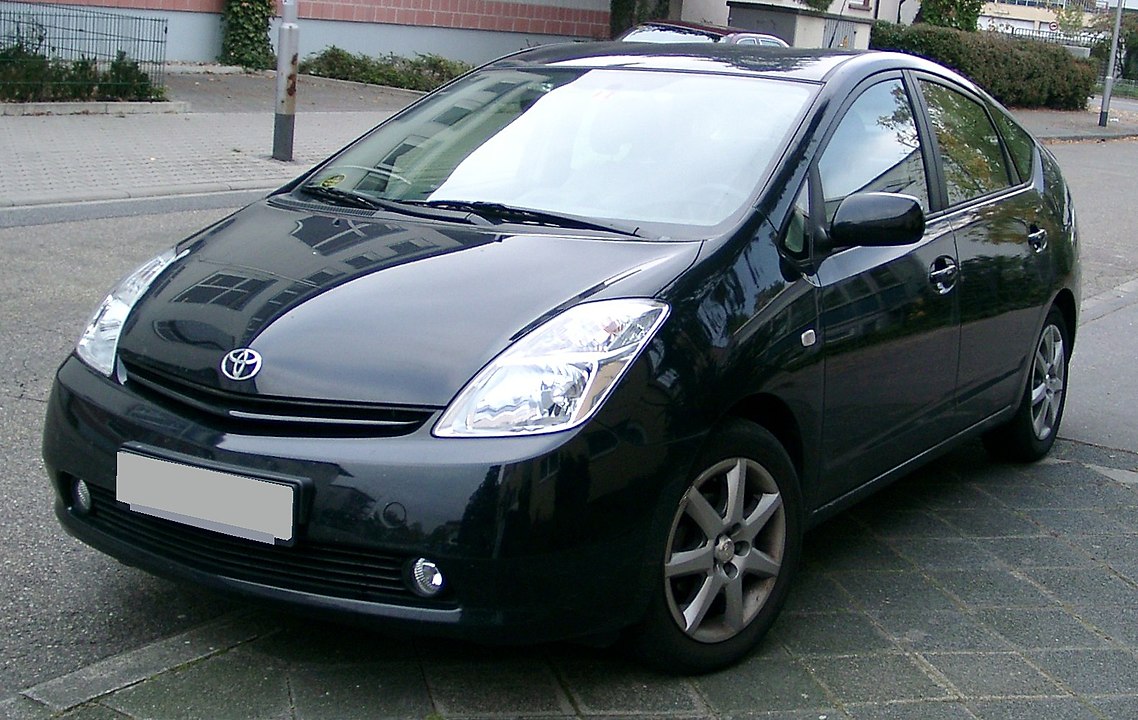
In these Priuses, efficiency ruled over agility. Soft suspension tuning and light steering made driving relaxed but hardly engaging. Their slender tires minimized drag, not lap times. Even so, sales soared. For many buyers, fuel economy and reliability trumped the thrill of a corner well taken.
Smart ForTwo (First Gen)
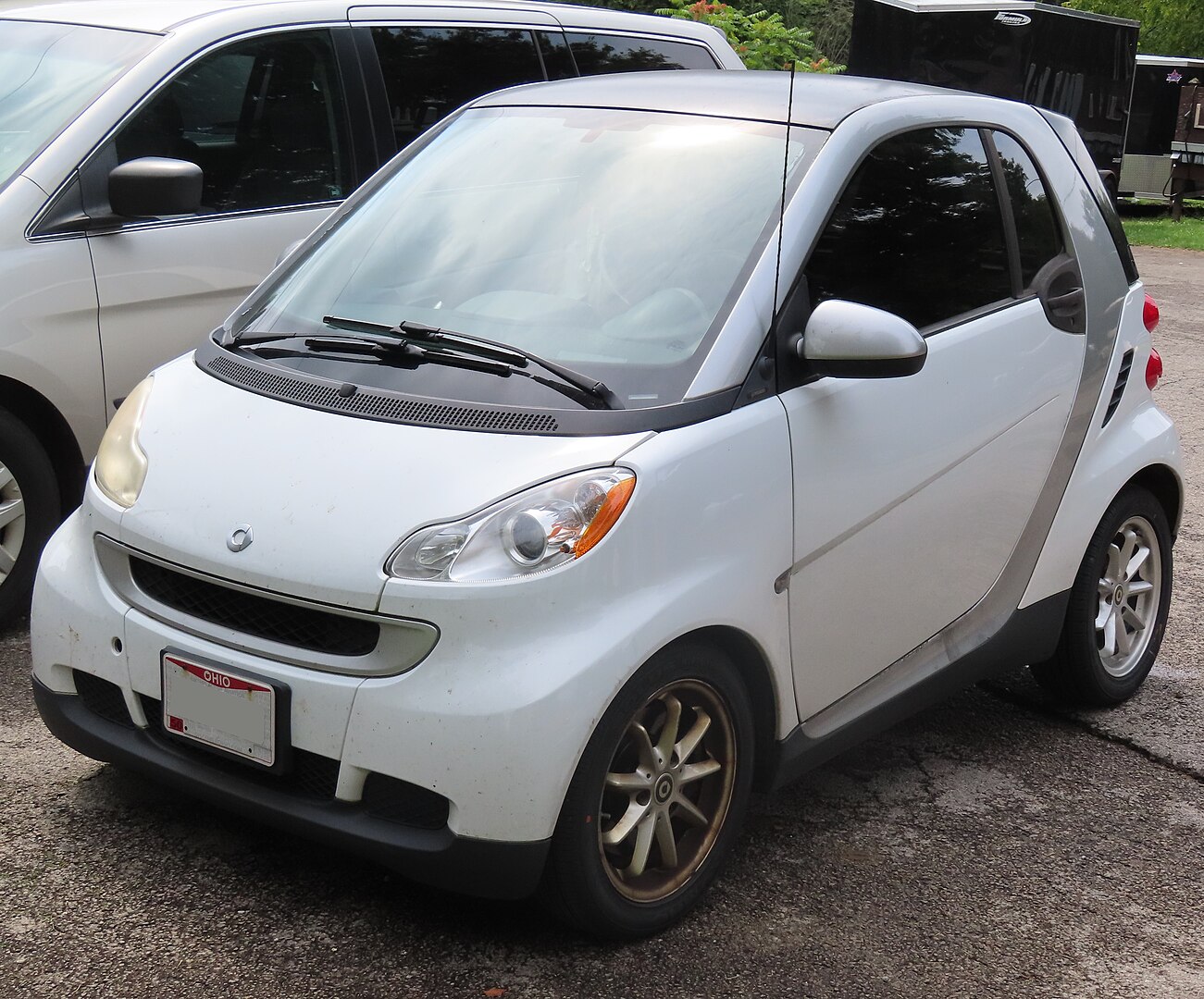
The first-gen ForTwo packed minimal length into city-sized parking spots, but that tiny wheelbase meant nervous handling at high speed. A taller stance relative to its footprint didn’t help stability because the center of gravity (COG) was high. Additionally, its suspension tuning lacked refinement, making the ride harsh.
Dodge Caliber

Despite sporty marketing, the Caliber’s loose suspension and numb steering told a different story. The ride bounced, and its chassis struggled to match competitors’ balance. Buyers expecting hot-hatch excitement often found the looks promising more than the car could comfortably deliver on winding roads.
Chrysler PT Cruiser

Its retro charm disguised a chassis ill-suited to spirited driving. Weight and soft springs even sapped responsiveness. Then, its steering lacked urgency. Even the turbocharged variant, despite being brisk in a straight line, struggled with body roll. Style stayed its strengths, but its corner carving never made the résumé.
Hummer H2

The H2’s sheer bulk worked wonders off-road. But when it came to taking a fast turn? That became a chore. This vehicle had two main issues: The off-road tires sacrificed pavement grip, and the steering was sluggish at its best. With weight tipping the scales past 6,600 pounds, agility was clearly never part of the plan.
Fiat Multipla
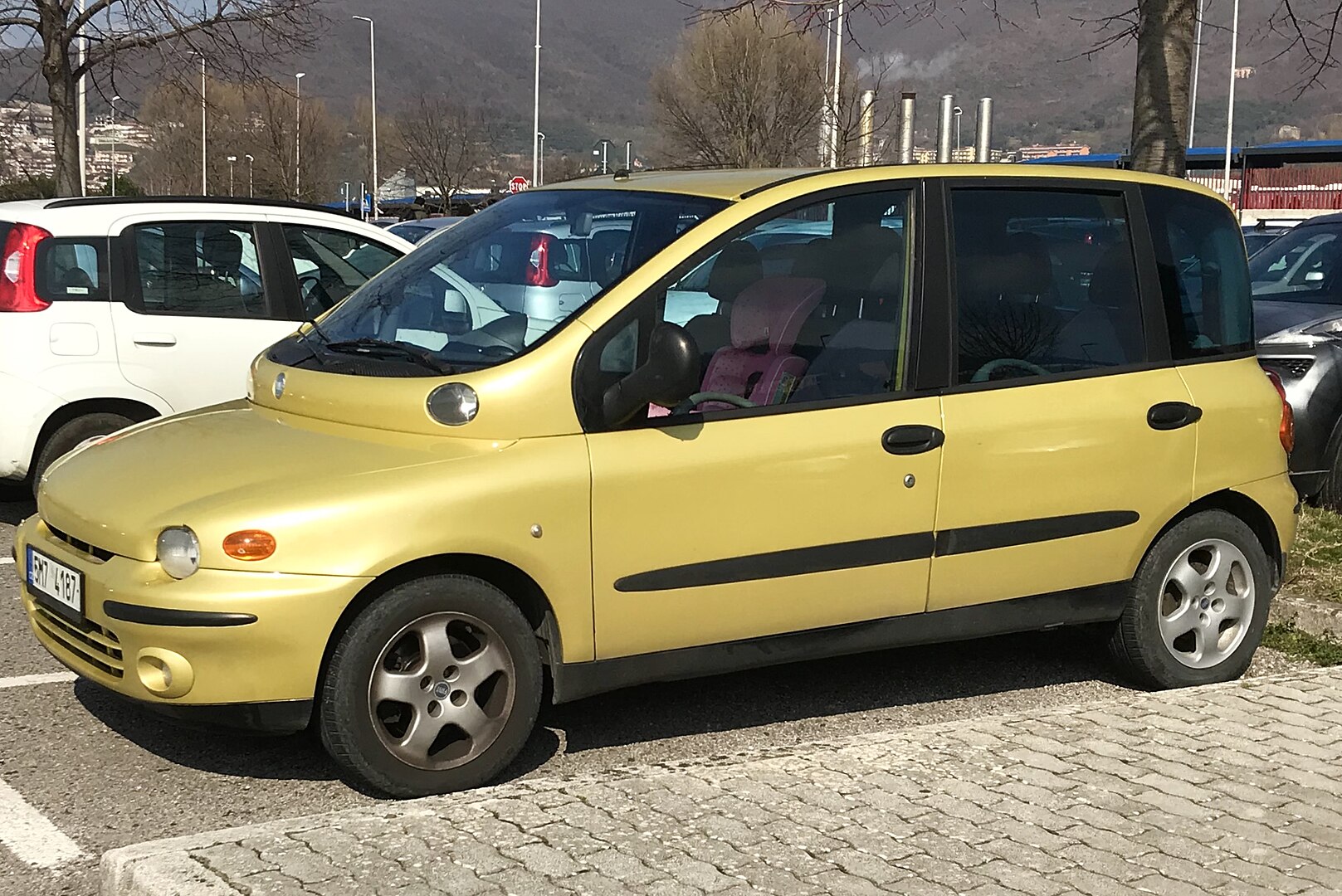
Multipla’s unconventional, oddball shape didn’t translate into seamless driving balance. Uneven weight distribution and a soft suspension resulted in a pronounced lean in corners. And the tires lacked the road grip to inspire confidence. Still, its practicality and quirky personality earned it praise—though never from those chasing sharp handling.
Chevrolet Caprice (Late ‘90s Police Spec)

Built for high-speed cruising, the police-spec Caprice wasn’t made for nimble maneuvers. Large dimensions slowed reactions, and suspension tuning favored comfort over precision. Despite bad handling, this model remained loved in Australia, where it became the Holden Caprice.
Mitsubishi Mirage (Recent Models)
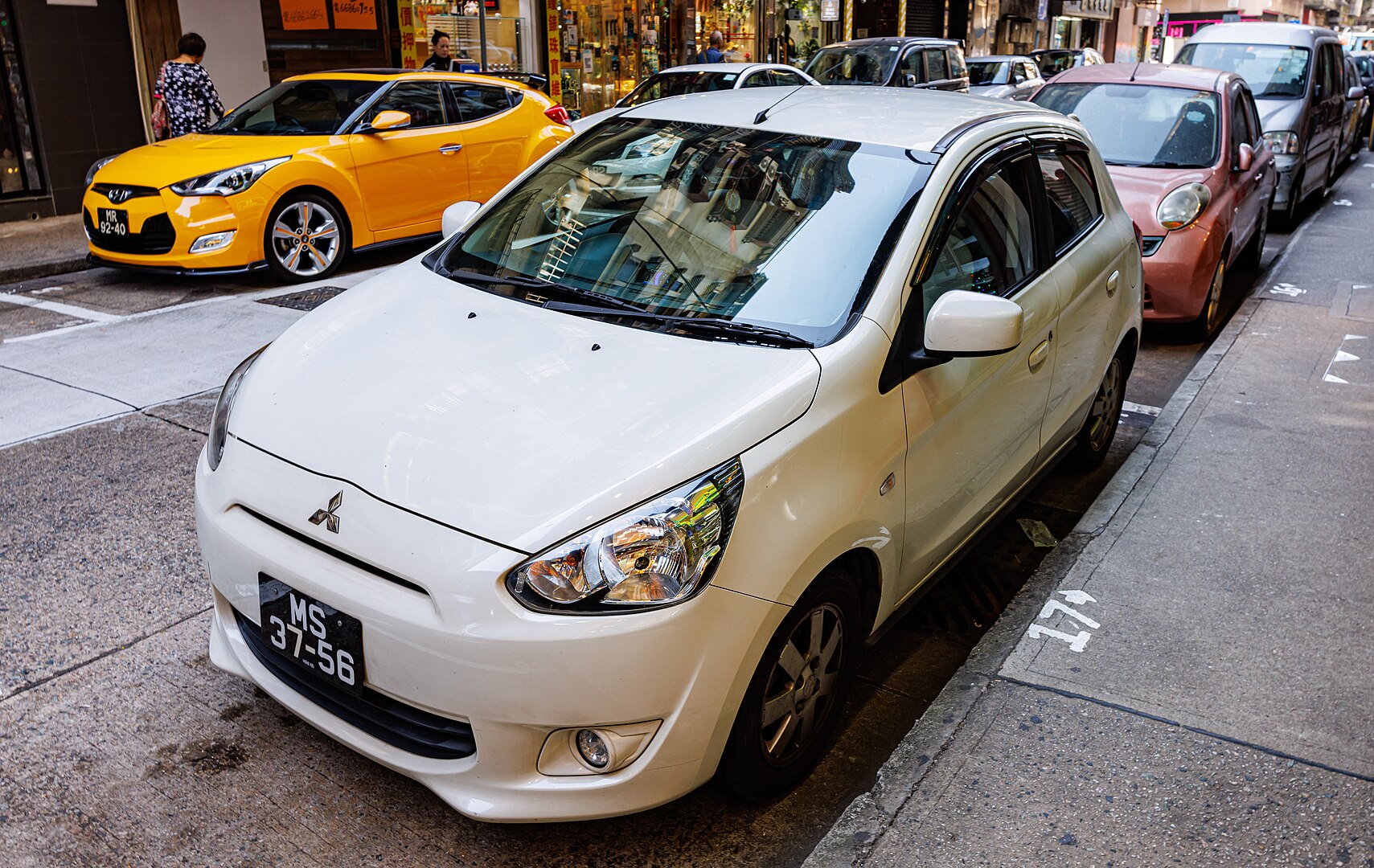
Affordability often tops the Mirage’s selling points, but cornering composure isn’t one of them. Narrow tires, modest suspension quality, and vague steering left it feeling unsure in curves. Despite it being light, the Mirage lacked the balance to match more engaging budget-friendly rivals.
Next up: a sharp turn in the other direction—cars that handle like they’re glued to the asphalt.
Mazda MX-5 Miata
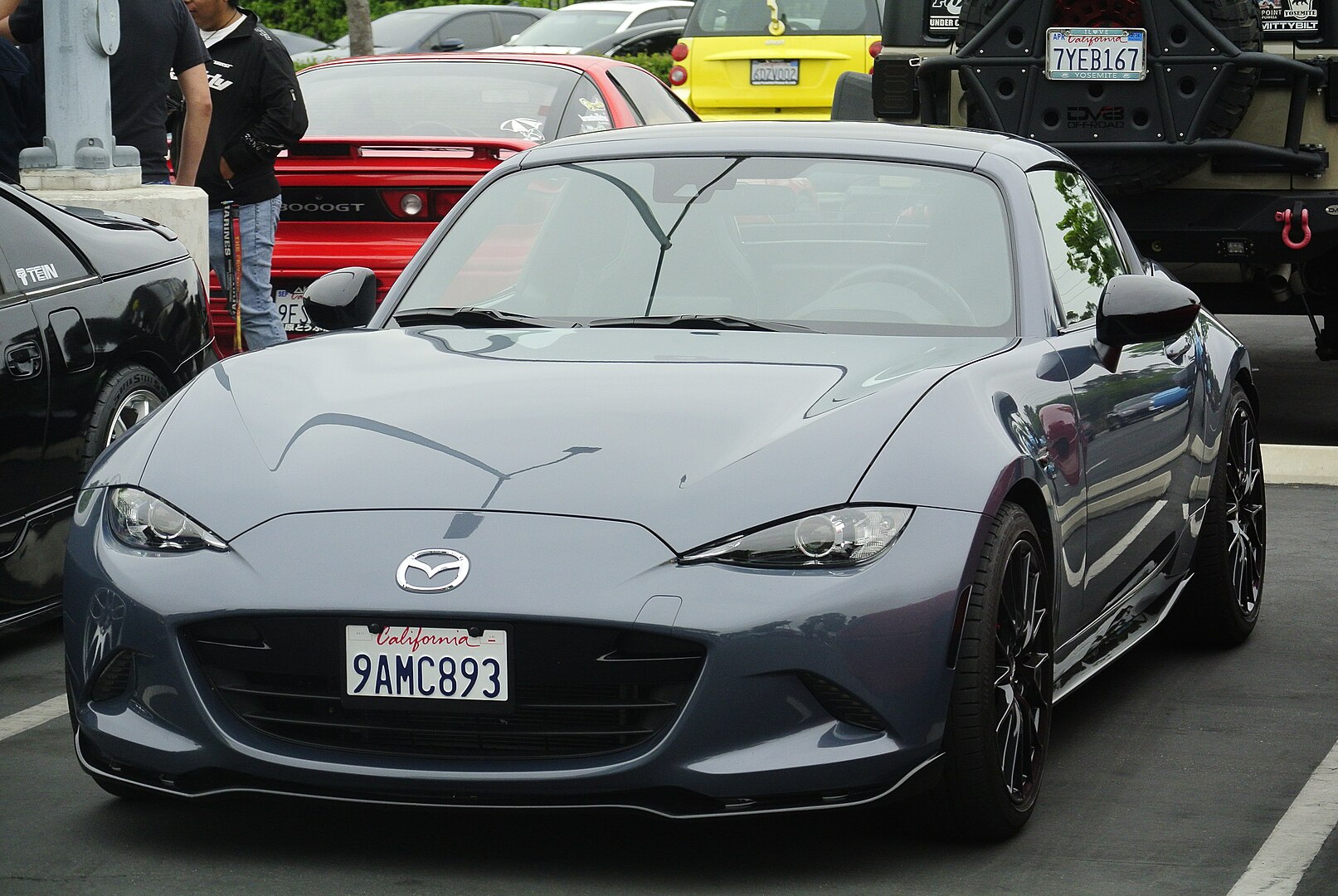
Starring the good handling group is the Miata with a secret: balance. Every element worked in harmony to make cornering intuitive and fun. Its lightweight chassis sharpens reactions; its suspension and rear-drive setup keep the driver in sync with the road. No wonder it remains a global best-selling sports car.
Porsche 911 GT3 RS
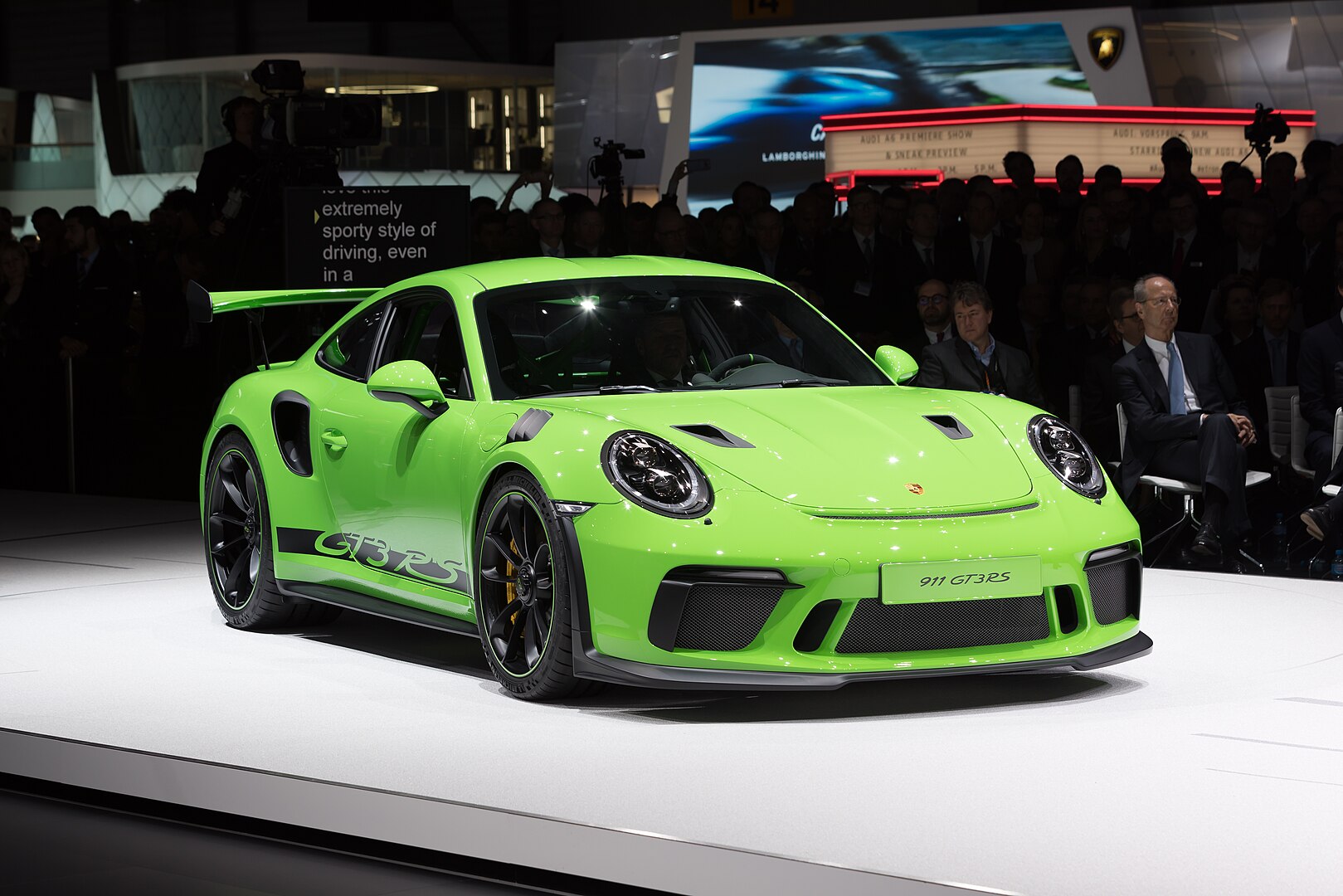
This Porsche is a straight-line speeder that’s also a cornering weapon. Aerodynamic aids and rear-wheel steering work together for incredible stability. And the downforce pushes the tires into the pavement. The GT3 RS is a car built to make every high-speed turn feel precise and controlled.
Caterham Seven 620R
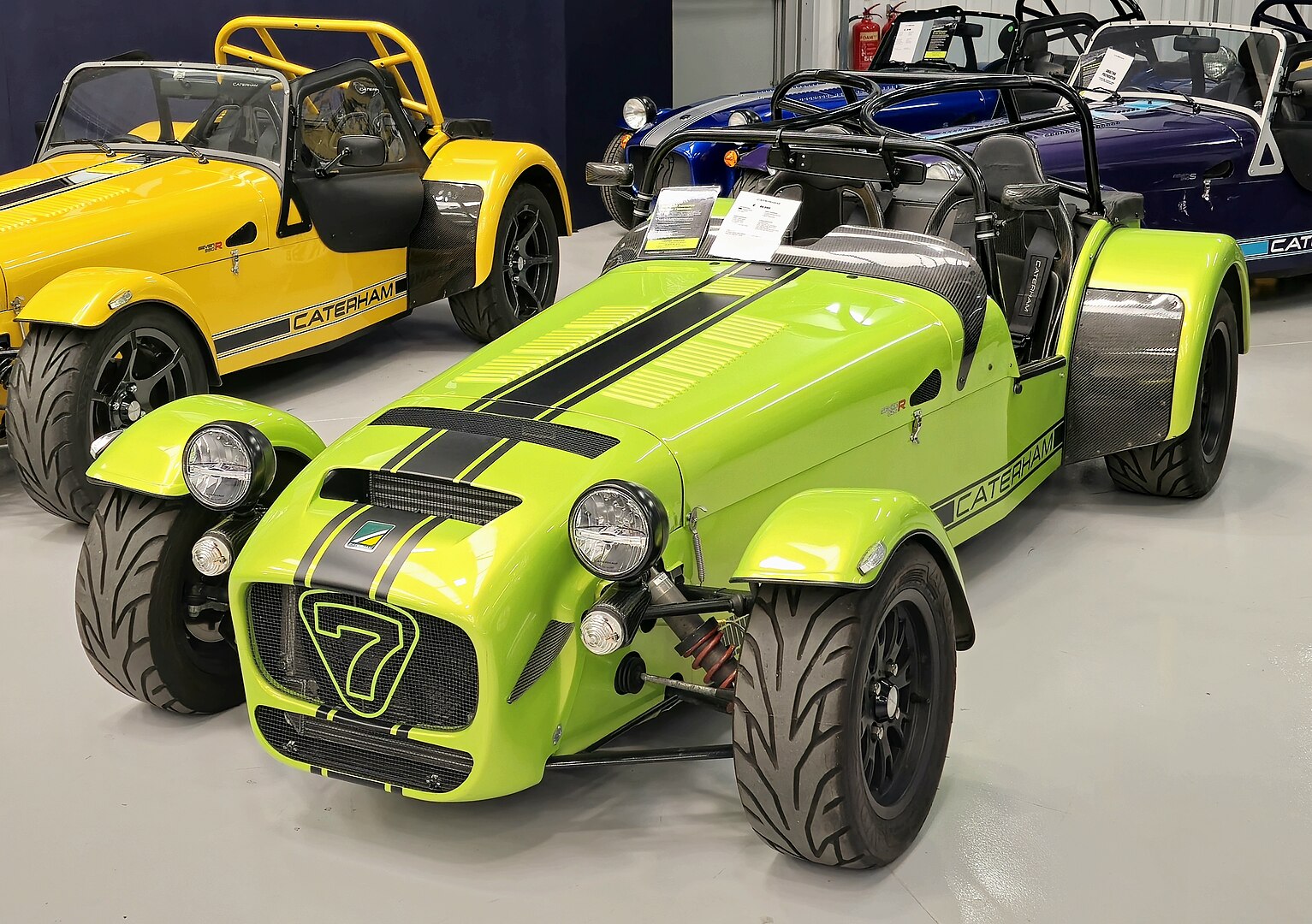
Driving the 620R is satisfying. With almost no bodyweight to hold it back and a low stance, it reacts instantly to steering inputs. Race-spec suspension means it clings to the track—even over aggressive curbs—making it a favorite for purists chasing raw feel.
Honda S2000
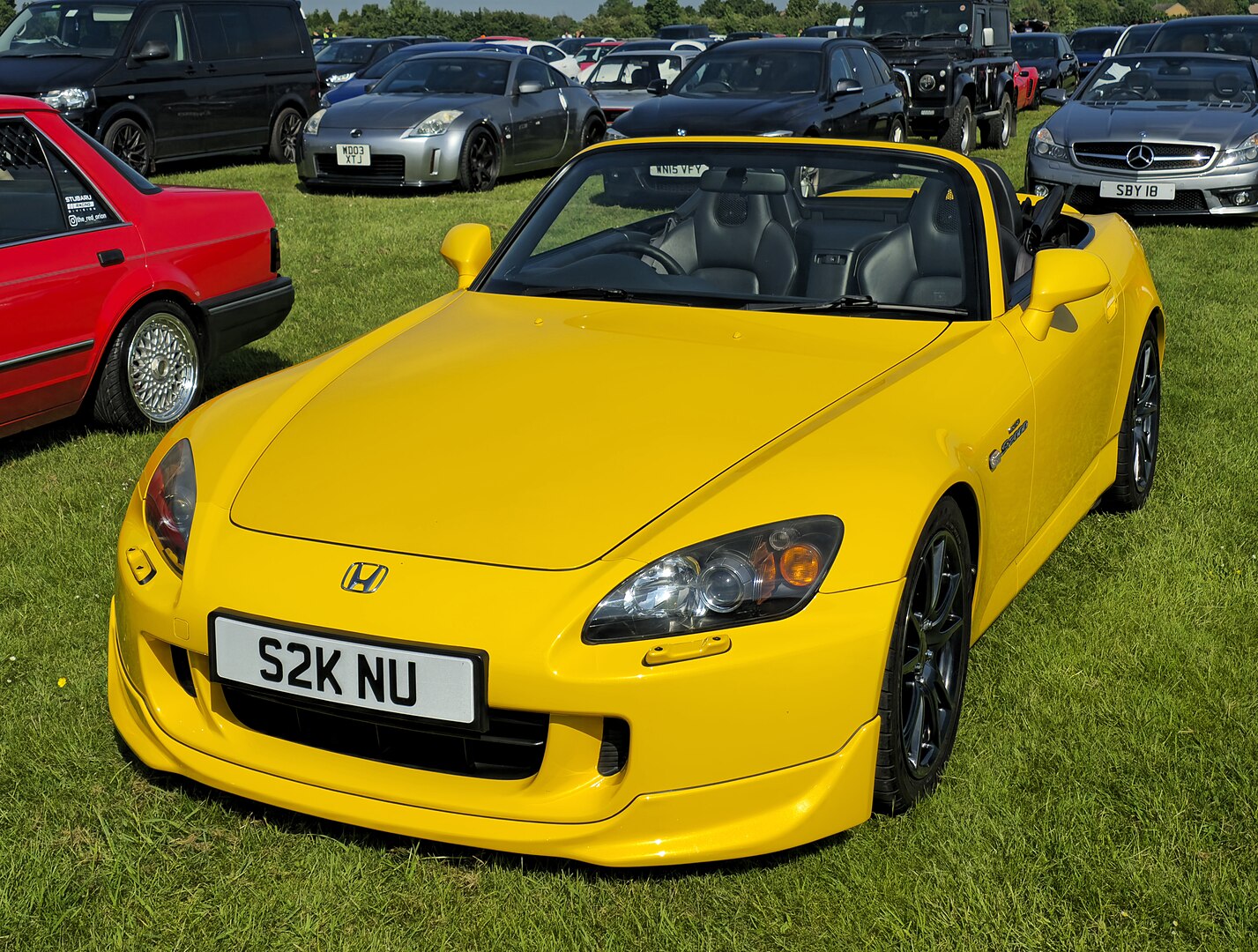
Here, precise engineering delivered an engine built to sing at high revs. Its front-mid engine layout creates near-perfect balance, and the double-wishbone setup delivers poise in fast bends. Pair that with an addictive 9,000 RPM redline, and you get a sports car that thrills on every shift.
Subaru WRX STI
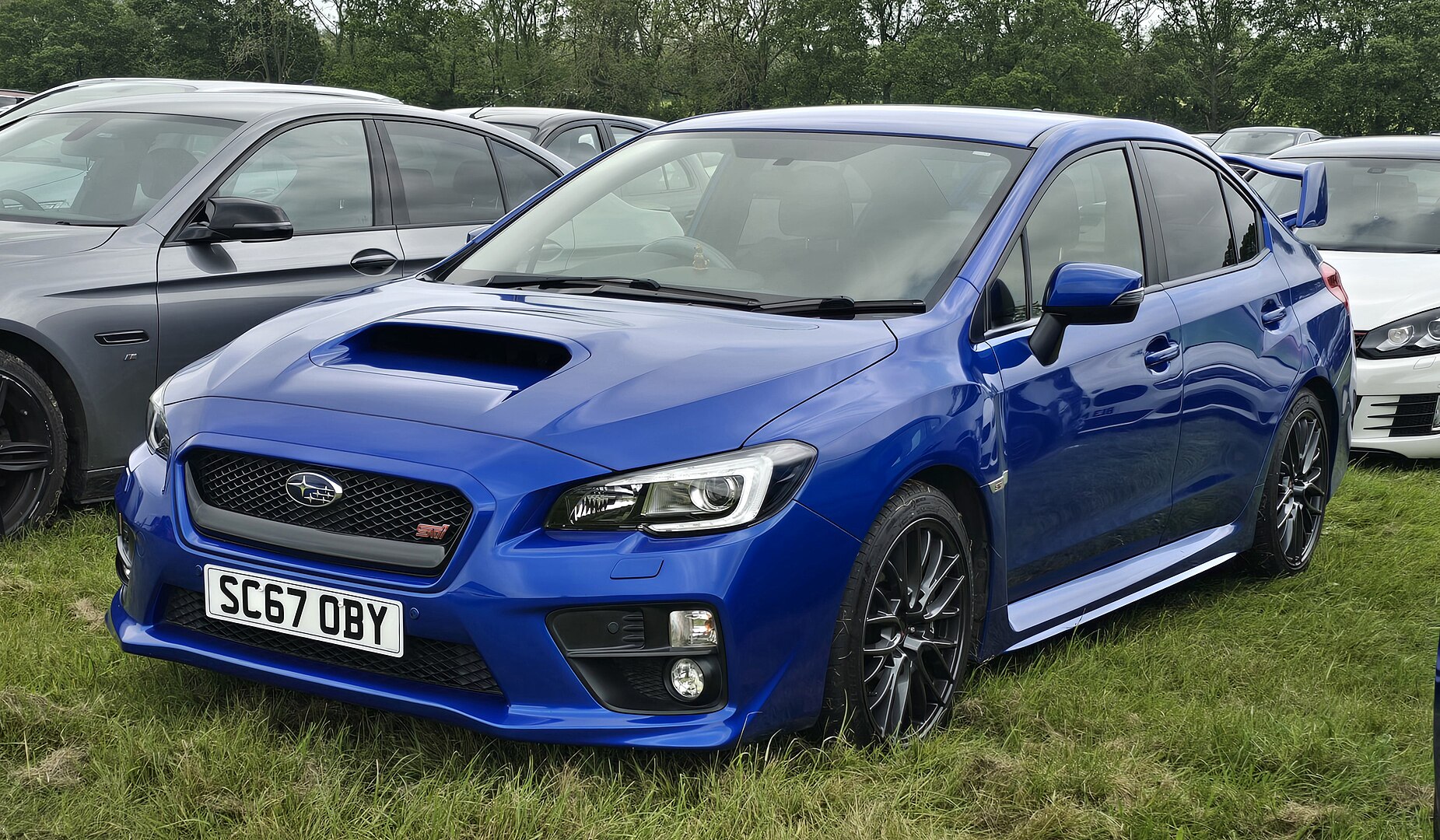
Born from rally stages, the WRX STI sticks to tarmac like few sedans can. Its symmetrical all-wheel drive grips through rain, snow, or dry pavement. Its quick steering and a firm setup keep responses immediate. This is all-weather performance with serious track credibility; it held Nürburgring lap records for 4-door sedans.
BMW M3 (E46)
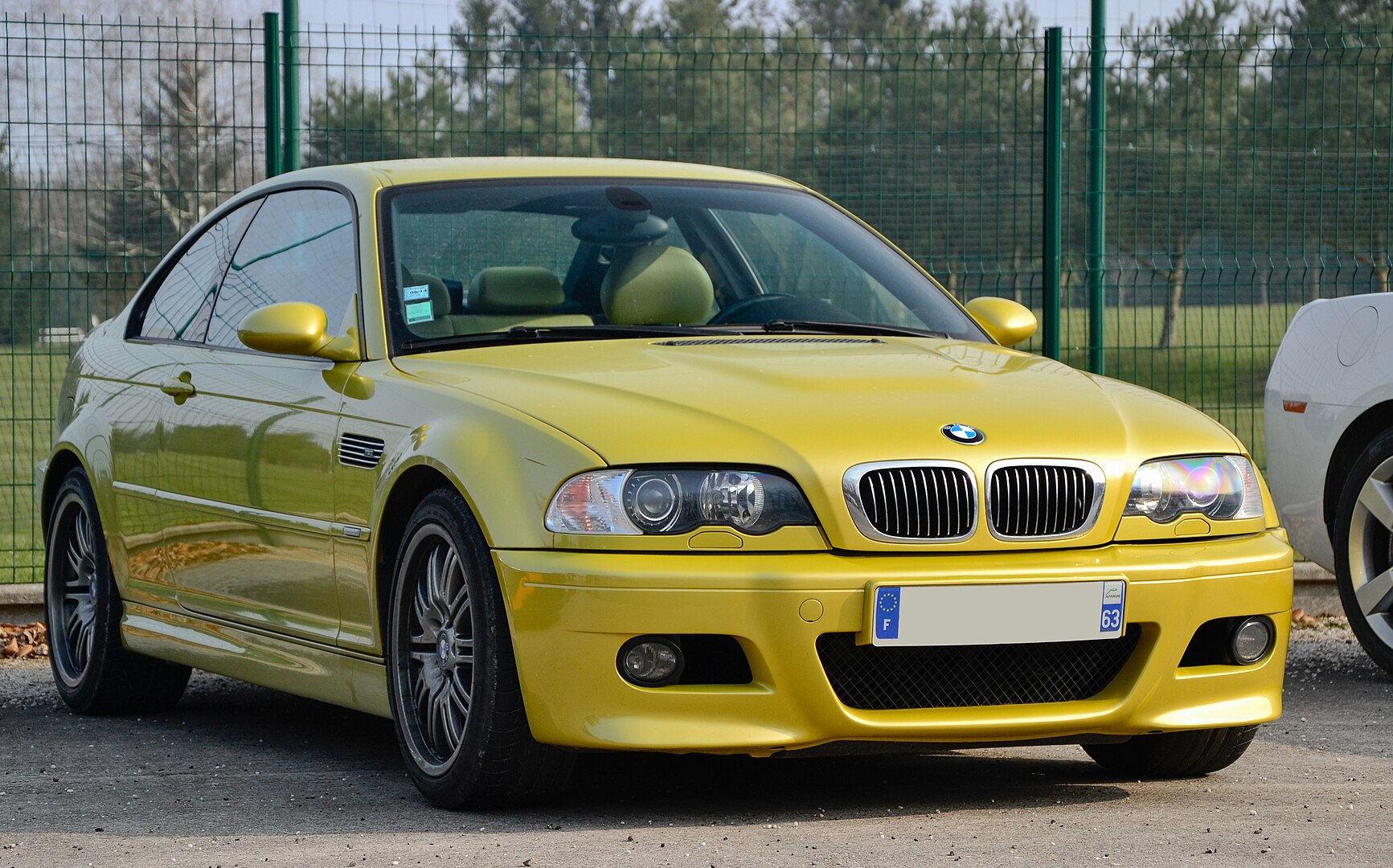
Few cars have ever communicated with their driver as well as this one. Hydraulic steering let drivers feel every nuance of the road, and its balanced chassis inspired confidence because of the near-perfect weight distribution. It responds equally at home, carving corners and cruising, a rare blend that cemented its status as a benchmark for performance coupes.
Lotus Elise
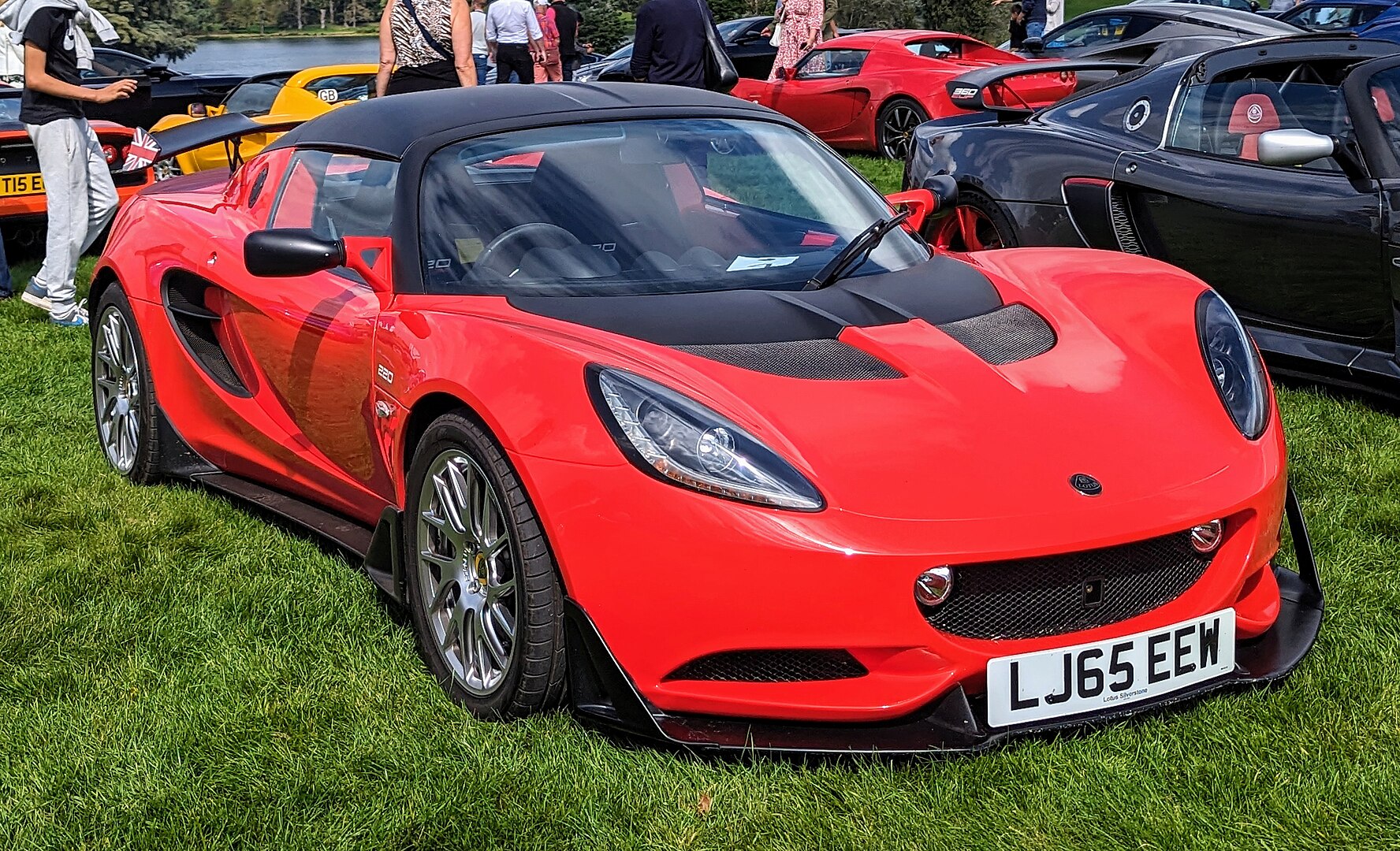
Less can be more. By keeping the weight low and the engine mid-mounted, the Elise dances through turns. Sticky tires and a track-focused suspension make steering so direct that it doesn’t require a power steering assist. Driving an Elise is every driver’s dream, where movement is felt, and every corner is sharper.
Tesla Model 3 Performance
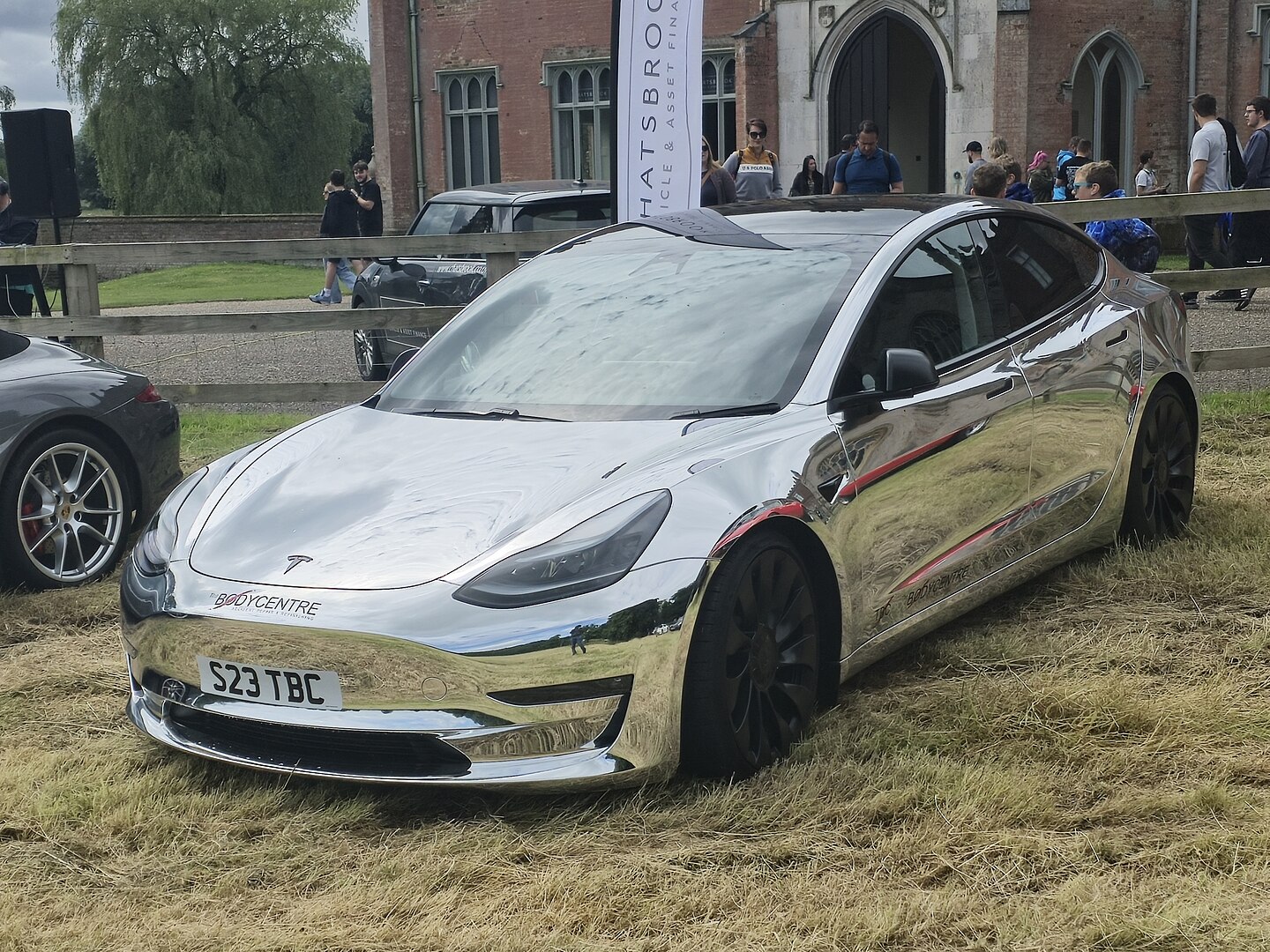
Electric power doesn’t dull the Model 3 Performance’s agility; it enhances it. Instant torque keeps exits quick. The battery’s low placement lowers the COG, steadying it in corners. Torque vectoring in Track Mode sharpens turn-in to help it surprise traditional sports sedans in head-to-head handling matchups.
Alfa Romeo Giulia Quadrifoglio
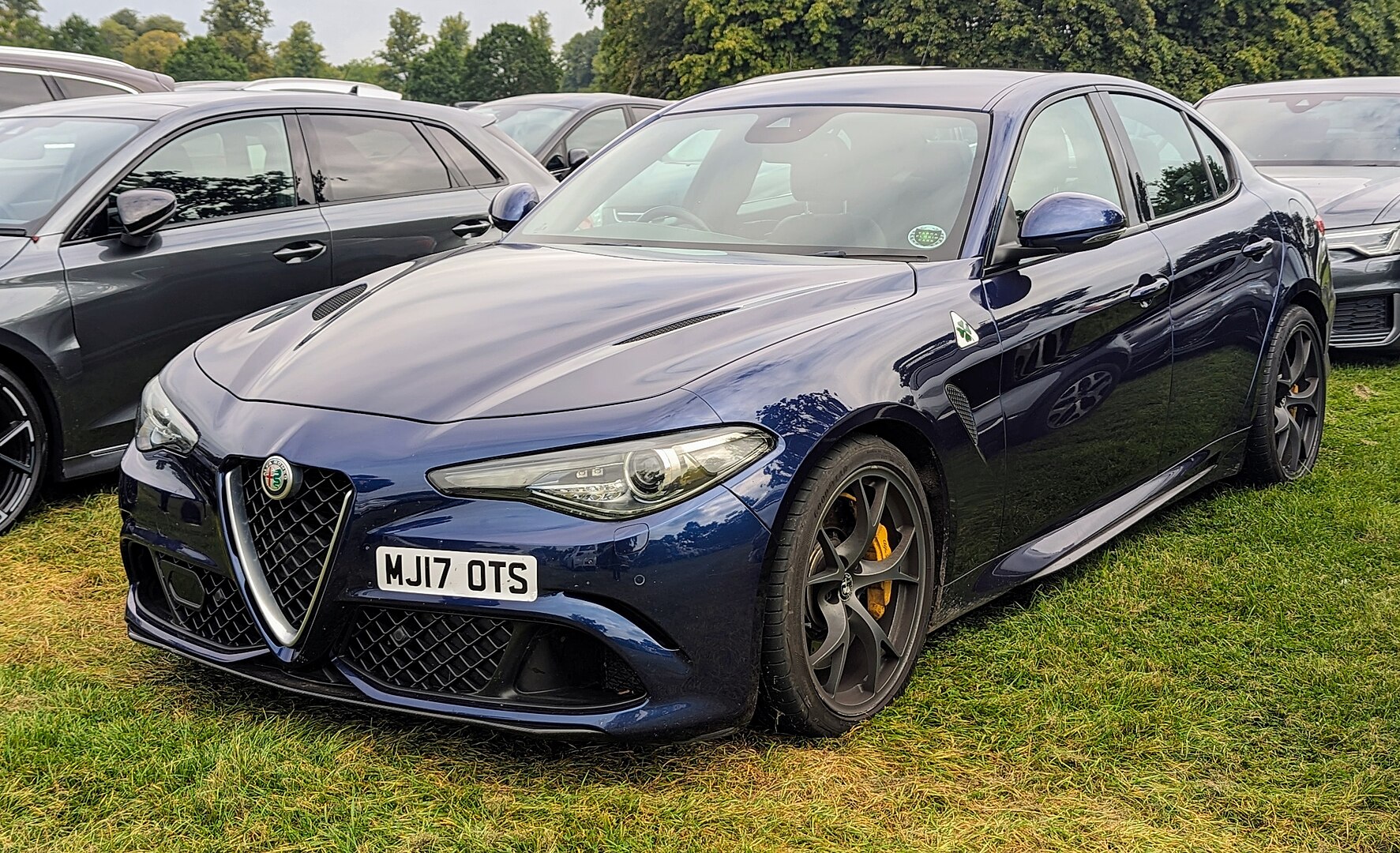
The Giulia Quadrifoglio marries Italian flair with serious performance tech. Adaptive dampers and torque vectoring in the pre-2024 models keep it composed, and the lightweight components boost agility. Backed by a Ferrari-influenced engine, it has proven its pace, once lapping Nürburgring quicker than heavyweight rivals like the BMW M5.









